Hirogami Preview – Origami Meets Action Platforming
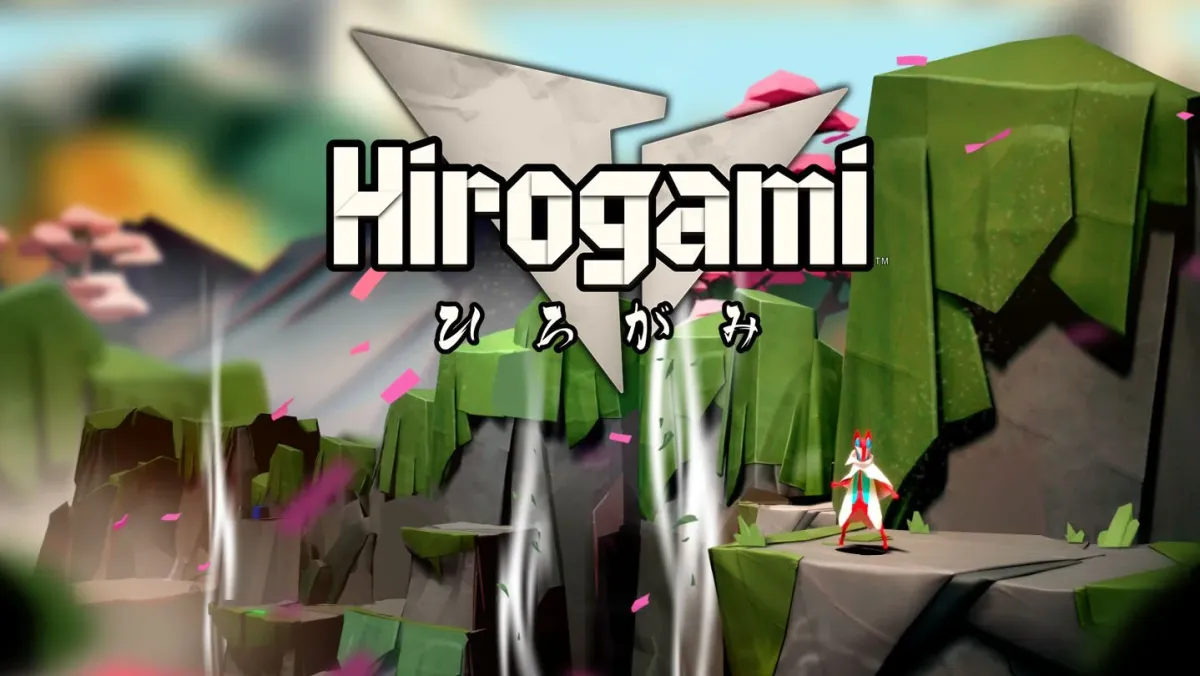
When Bandai Namco Studios Singapore unveiled Hirogami during the latest State of Play, it immediately stood out. The action platformer takes direct inspiration from Origami, the Japanese art of paper folding, and translates that delicate yet creative concept into movement, transformations, and level design. Only a few days after its reveal, a free demo landed on Steam, offering a first look at how the concept plays out. Although the demo is brief, it leaves a lasting impression of what’s to come.
First Impressions
The demo lasts less than 30 minutes, running through a single stage, but it manages to showcase a surprising amount in that time. The protagonist, Hero, comes equipped with a standard attack and a double jump. These basics feel responsive and easy to pick up, showing the studio has put care into making movement precise. A small but welcome detail is the settings menu, which lets players fine-tune controller dead zones. This is something many platformers overlook, but it goes a long way in making the experience accessible to different play styles.
Right from the start, it’s clear that Hirogami isn’t trying to reinvent every aspect of platforming. Instead, it builds on familiar mechanics and emphasizes its unique hook: transformations.
Transformations at the Core
Two transformations are introduced in the demo, both of which change how Hero moves and interacts with the world.
The first is the paper form, which turns Hero into a delicate sheet carried by air currents. This ability makes reaching higher platforms or crossing wide gaps feel intuitive and natural. Gliding across the stage feels smooth, and the way airwaves are integrated into level design ensures that the form is more than just a gimmick.
The second is the armadillo form. Rolling forward at high speed, Hero can break fragile obstacles and take down enemies with momentum. It feels energetic and controlled at the same time, with steering that balances looseness and precision. Switching between forms is simple, requiring button inputs rather than opening a separate menu. This keeps the pace of the game fast and prevents interruptions during platforming sequences.
The transformation system might not be entirely new in the genre, but the way it is integrated here feels seamless. Each form has a clear purpose, and both are enjoyable to use.
Level Design and Exploration
For a single-level demo, the stage design shows plenty of promise. The path forward is always clear, but hidden areas and side objectives reward players who take time to explore. Collectibles are scattered across the level, and optional stage-specific missions grant rewards, adding replay value even within the demo’s short runtime.
What stands out is how the level reflects the theme of the paper. The design conveys fragility, yet also highlights beauty and creativity in its layouts and transformations. The presentation is visually striking, though the paper form’s fluttering animation can look a little rough at times. It’s not enough to distract from the style, but it’s an area that could use refinement before release.
Combat and Feedback
If there’s one area where the demo feels slightly underwhelming, it’s in combat feedback. Hero’s base form attacks land with tactile responses, but the impact is too light to feel satisfying. Compared to the armadillo form, which has a strong sense of momentum and weight, the regular attacks come across as a bit muted. This may be intentional, highlighting the difference between the fragile paper-inspired hero and the sturdier rolled form, but adding a little more impact to standard attacks would improve the overall flow of battles.
Still, combat doesn’t feel broken or frustrating—it simply needs a touch more weight to match the otherwise polished mechanics.
Presentation and Style
The Origami theme gives Hirogami an identity of its own. The folding paper visuals make it instantly recognizable among other platformers, and the choice to reflect both fragility and elegance through gameplay is thoughtful. Even with some minor choppiness in certain animations, the art direction feels unique and memorable. Combined with responsive controls and well-paced transformations, it creates a foundation strong enough to carry a full release.
System Requirements
Minimum:
- OS: Windows 10 64-bit (version 1903 or higher)
- Processor: Intel Core i7-7700 / AMD Ryzen 5 1500X
- Memory: 8 GB RAM
- Graphics: NVIDIA GeForce GTX 1050Ti 4 GB / AMD Radeon RX 560 4 GB
- Storage: 6 GB available space
Recommended:
- OS: Windows 10 64-bit (version 1903 or higher)
- Processor: Intel Core i7-8700 / AMD Ryzen 5 3500
- Memory: 16 GB RAM
- Graphics: NVIDIA GeForce GTX 2060 6 GB / AMD Radeon RX 5600XT 6 GB
- Storage: 6 GB available space
What We Want to See in the Full Game
The demo gives a small but confident glimpse into Hirogami, and it raises a few hopes for the final release. Expanding the number of transformations would be an obvious next step, since the two already included are both engaging and practical. If later levels introduce new forms with equally distinct uses, the gameplay could stay fresh throughout.
More complex level designs would also help the experience grow. The demo shows a good balance of direction and exploration, but seeing this evolve into larger, more intricate stages with layered challenges would make the platforming stand out. Combat is another area where refinement would be welcome. Adding more weight and impact to Hero’s basic attacks could make encounters feel just as satisfying as traversal.
Finally, if the Origami theme continues to guide not just visuals but also puzzles, environments, and storytelling, Hirogami could develop into something more than a platformer with a clever art style—it could be a game that fully embodies its inspiration from start to finish.
Final Thoughts
The Hirogami demo may only cover a single stage, but it succeeds in showing why this game is worth paying attention to. Transformations are fun to use and easy to swap between, level design balances direction with exploration, and the Origami-inspired presentation makes the game visually distinct.
There are small areas that could benefit from polish, such as adding more weight to combat or smoothing out certain animations, but these don’t take away from the excitement the demo builds. Instead, they serve as reminders that this is still a preview of a work in progress.
If the final release builds on this foundation with more forms, creative levels, and refined combat, Hirogami has the potential to be one of the standout platformers of 2025.
Hirogami will release on September 3, 2025, for PlayStation 5 and PC via Steam.

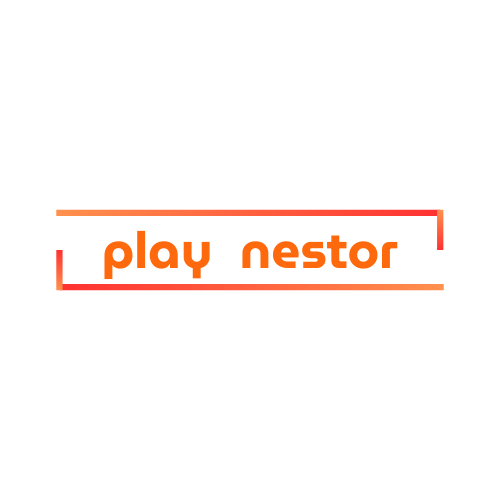
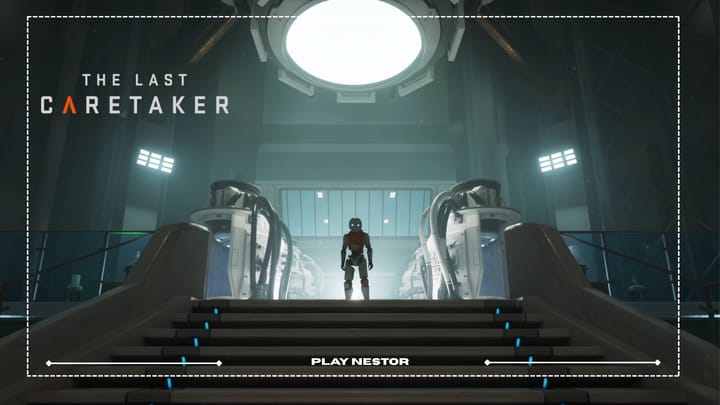
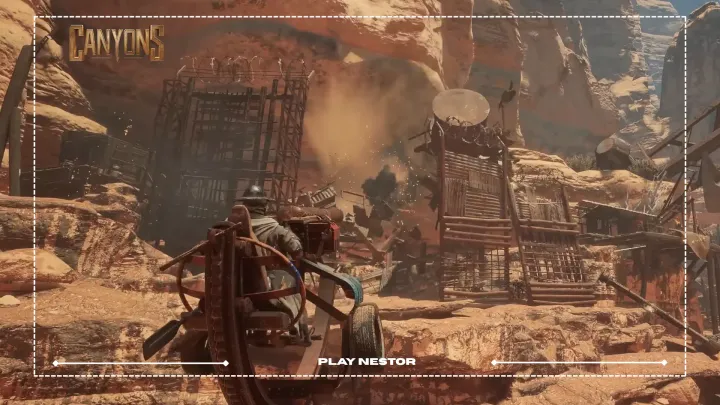
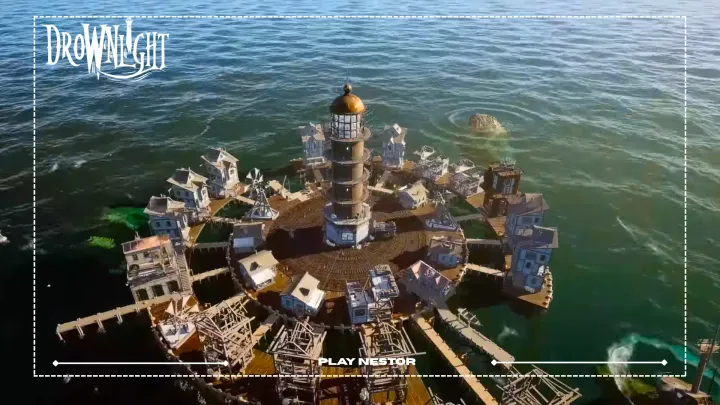
Comments ()